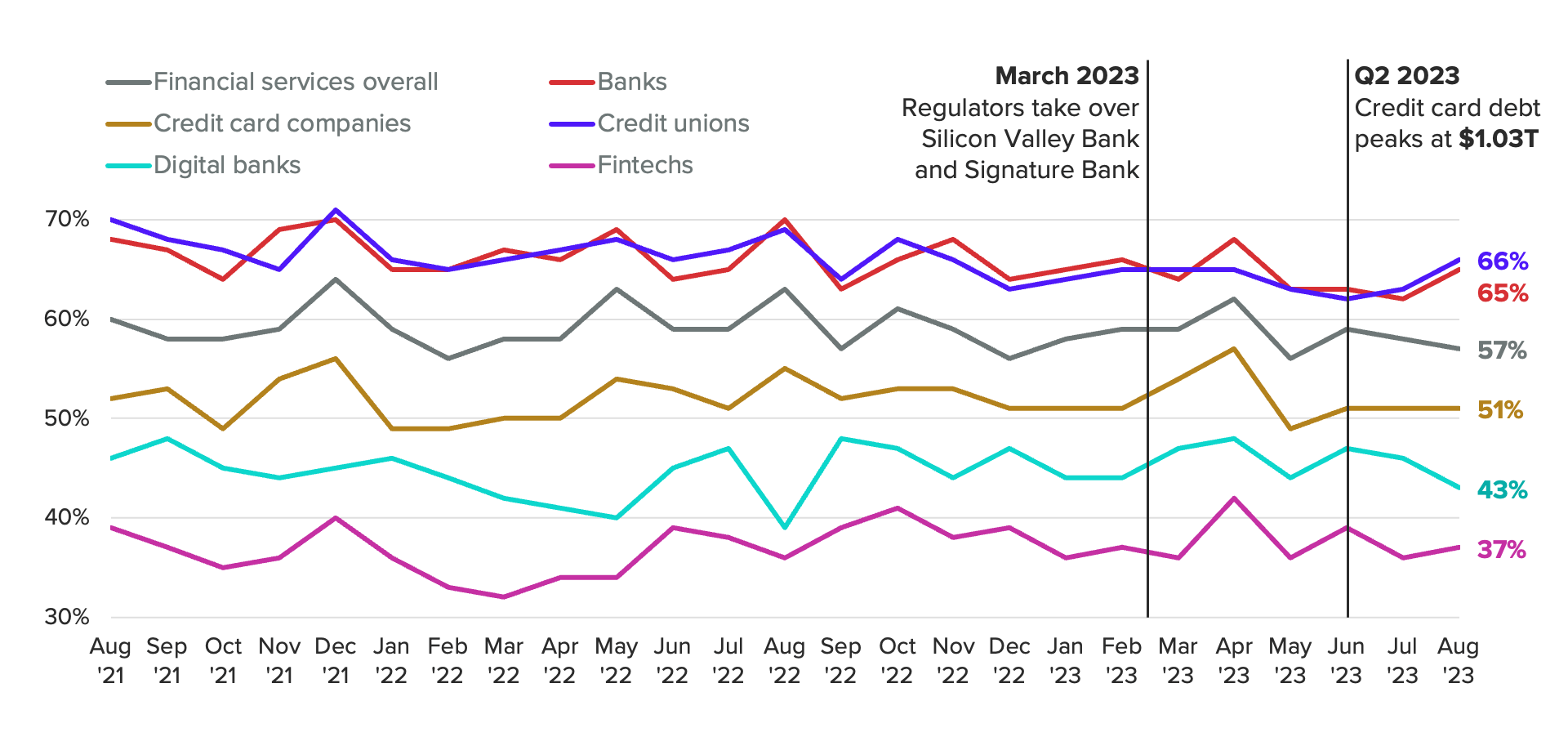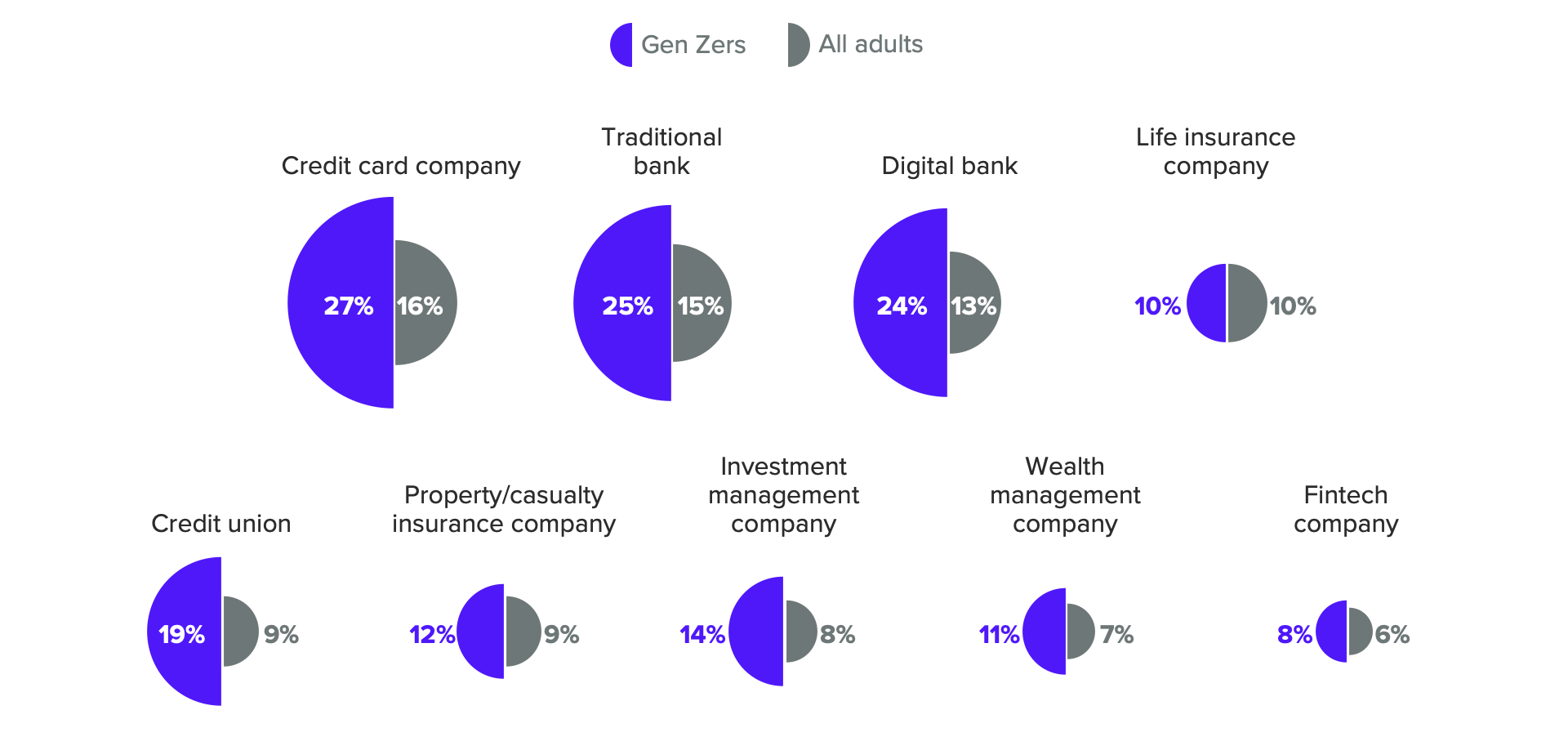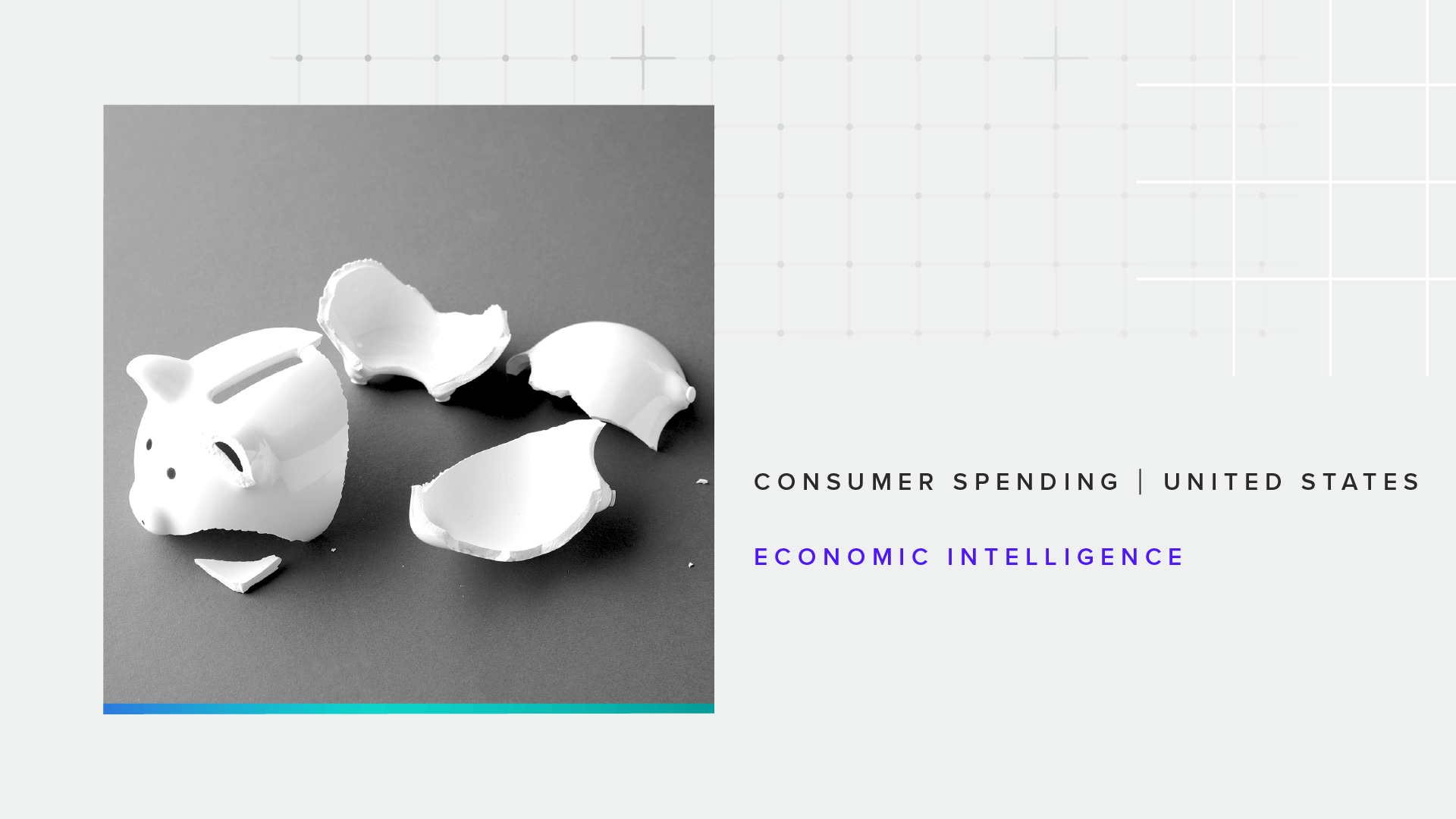Why Gen Z Is the Most Likely Generation to Open New Bank Accounts

Key Takeaways
25% of Gen Z adults say they plan to open a new bank account in the next six months, 10 percentage points higher than the general population.
Trust in and satisfaction with financial services providers is keeping relationships stable, except where young adults are concerned. Gen Zers are consistently more likely than adults overall to open “entry-tier” accounts, like bank, credit union or credit card accounts.
Banks, credit unions and card issuers should lean into features Gen Zers like, including a strong digital interface, sign-up bonuses, experience-based rewards and cause marketing to help capture the demographic as they forge their first, and likely lasting, independent financial relationships.
For more on trends in the financial services industry, download our latest biannual report: The State of Consumer Banking & Payments.
Despite ongoing market and economic turmoil, U.S. adults place considerable trust in their financial services providers: About 3 in 5 consumers say they trust such companies to do what’s right. They’re also highly satisfied with banks and credit unions.
Consumers Trust Financial Services Providers, Especially Banks and Credit Unions

These strong metrics should generate opportunities for providers to both strengthen existing relationships and build new ones. But instead, we’re seeing the opposite: Trust is translating into stable relationships that might make reaching new users harder than expected. Around 1 in 10 adults opened a new bank or credit union account (9%) or closed an existing account (11%) in August — figures that have remained relatively consistent over time. Looking to the future, equally slim shares are considering opening new accounts in the next six months.
For providers, this creates a growth challenge. It’s already difficult to capture customers in a mostly saturated ecosystem: Most U.S. adults have at least some relationships with mainstream financial services providers. That’s intensified by the fact that appetites for switching are low, since high trust and high satisfaction have given most customers limited reasons to undertake the time-consuming process of changing banks.
A new proposal from the Consumer Financial Protection Bureau that aims to eliminate junk fees, simplify granting and revoking access to financial data, and crack down on how companies collect consumer data could reduce the hurdles to switching accounts. But the bureau is still seeking comments on the proposal, and it would be rolled out in stages — meaning it won’t meaningfully impact new account openings in the short to medium term.
Gen Zers are breaking trend and opening new accounts
Many young people have access to bank accounts already: 72% of Gen Z adults have a checking account, and 57% have a savings account. But it’s likely that many of these accounts were created by, and even remain partly or fully managed by, older adults in their lives.
As this generation enters college or the workforce, they’re establishing financial independence and, in turn, seeking out new accounts of their own. Around one-sixth of Gen Z adults opened a new account with a bank or credit union in August. And they’re around 10 percentage points more interested than adults overall in opening new “entry-tier” accounts — those with banks, credit unions or credit cards — in the next six months.
Gen Zers Are More Likely to Open ‘Entry-Tier’ Financial Accounts

The number of Gen Z adults up for grabs presents a major growth opportunity. Winning them over now, at the beginning of their financial journeys, could help providers forge lasting relationships. Onboarding an 18-year-old for a first independent checking account could lead to other, more lucrative cross-sell opportunities like a credit card and, later, a mortgage or investment account.
Capturing Gen Z customers will require providers to lean into features that are important to this group. Online and mobile offerings — including seamless digital account opening — must be front and center for these digital natives. Other features that Gen Zers value, like sign-up bonuses, experience-based rewards and cause marketing, could further attract users. With financial institutions eager to grow their business, investing now in services to attract Gen Z could help demonstrate value to younger generations with different wants and needs than their older counterparts. It could also pay off in spades down the line, potentially setting providers up to effectively court the much younger Gen Alpha as their parents begin opening accounts for them.
For other categories of providers, the time to prepare is now
While Gen Z adults are very interested in opening entry-tier accounts, investment and insurance providers remain much lower priorities. Just 12% and 10% of Gen Z adults said they’re interested in starting a relationship with property/casualty insurance and life insurance companies, respectively, in the next six months. Likewise, only 14% want to open new investment management accounts, and 11% new wealth management accounts. The gaps between this generation and the general population are also much slimmer in these categories.
This discrepancy could be due to Gen Zers’ relative youth, but it’s likely that more account openings are on the horizon. The next-oldest generation, millennials, are much more in line with the general public in terms of their plans to start new investment management, wealth management and insurance relationships. As Gen Zers age, they’re likely to follow suit. Following the lead of other categories of financial services providers to get ready for Gen Z now — or even partnering with them to attract these customers — could give them a first-mover advantage in forging these relationships when account openings begin to grow.
Jaime Toplin previously worked at Morning Consult as a senior financial services analyst.

